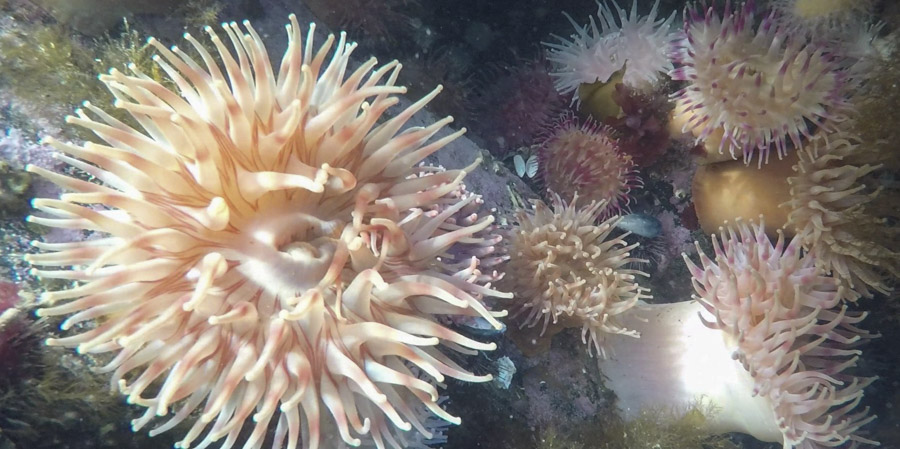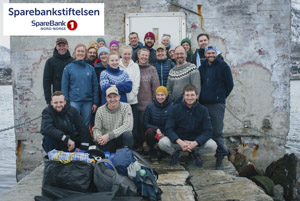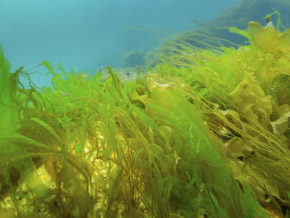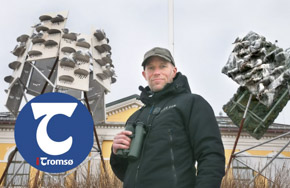November 24, 2023.
With Sparebankstiftelsen’s support, we will restore more kelp forests, and raise awareness among the youth in Tromsø.
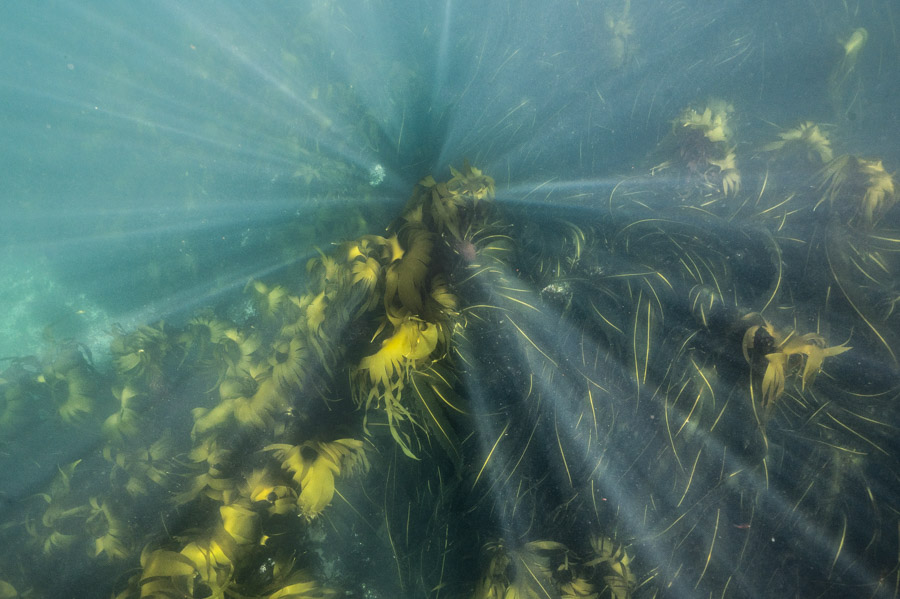
The jungles of the Arctic
Mature kelp forests can contain 300 species and 100,000 individuals of snails, crustaceans, clams, and other invertebrates per square meter. They are underwater jungles and biodiversity hotspots.
The long leaves that wave in the currents create perfect hiding places for small fish that need protection in the first stage of their life. Kelp forests provide invaluable services to life on Earth: they capture CO2, keep the carbon and release the oxygen, reducing ocean acidification and making our atmosphere more habitable. They filter the water and convert the nitrogen that we humans release massively in the ocean, into more kelp forests.
Kelp forests also form a buffer between the rough seas and the coastline, and reduce the eroding effects of the waves. These forests are one of the most productive ecosystems on our planet. In the Arctic where the sun doesn’t set in spring and summer, kelp can grow up to half a meter a day.
“The number of living creatures of all Orders, whose existence intimately depends on the kelp is wonderful” (Charles Darwin, 1845)
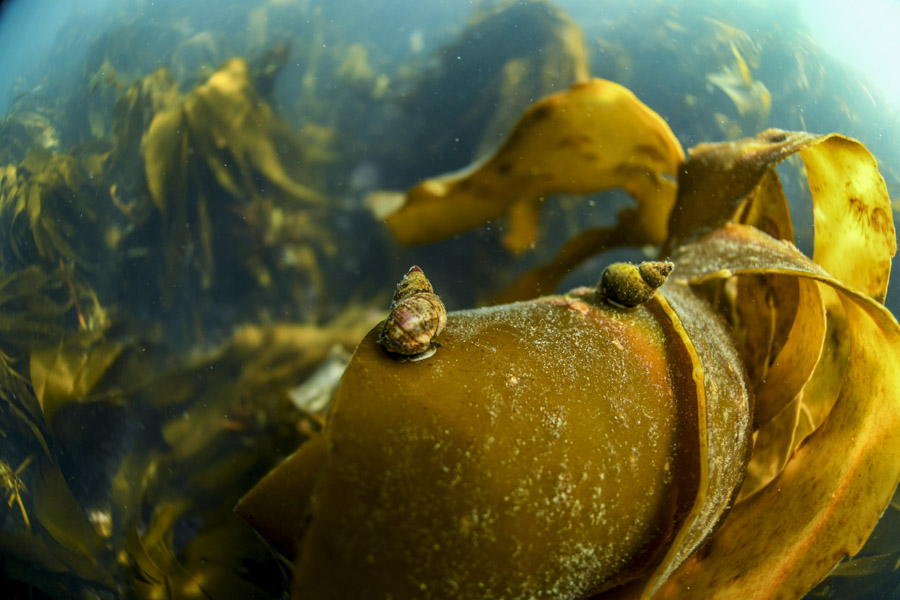
We just can’t stop being amazed at kelp forests.
But we can’t talk about kelp without mentioning another resident of these jungles: the green sea urchin.
The green sea urchin is native to this part of the world, and it plays a key role in the ecosystem, being a source of food for many species, and grazing dead and live seaweed. But in the 1970s, lots of its preys were removed from the sea. Large coastal cod and pollock, wolffish among others. As a result, urchins started proliferating. The trend has intensified in the last 50 years, and over 80% of what used to be covered in kelp forests in the early 1970s has turned into a biological desert known as urchin barrens.
In Norway, the green urchin (Strongylocentrotus droebachiensis) used to be just one species among many in thriving kelp forests. But in the 1970s, urchins started proliferating. In the NE Atlantic, the overfishing of urchin predators such as Atlantic wolffish, haddock and coastal cod is considered the main driver for the population explosion of the green sea urchin.
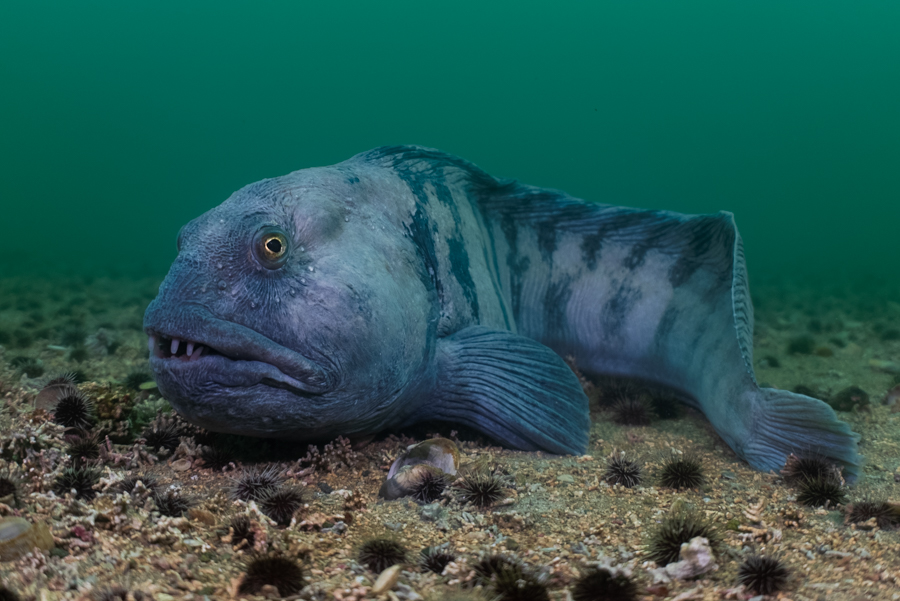
These desolated places are an ecological dead-end, which will stay as they are, until a new disturbance of the environment brings change.
Ironically, it is one of the most widespread deforestation phenomena stays out of sight, below the surface.
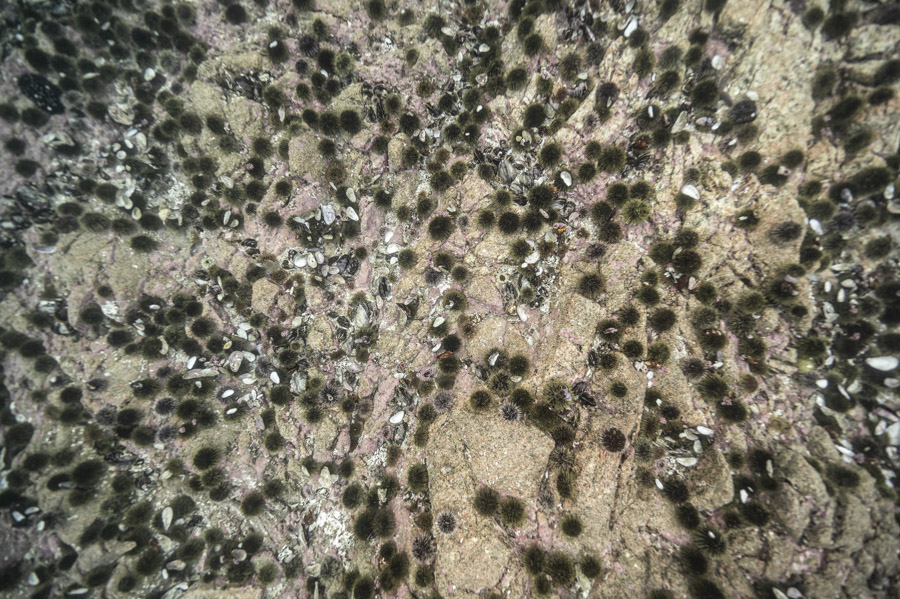
Kelp forest restoration & citizen science
Like others around the world, Wild Lab Projects is engaged in kelp forest restoration (watch Ismaele Tortella‘s documentary for Deep Sea Reporter). Our focus is citizen science and public engagement. We welcome anyone who wants to join the effort, locals and travelers, and to snorkel with us to remove the sea urchins and to document the return of the kelp forest, and all the species associated with this marine jungle. We partner with research institutes to codesign methods, share our data and our observations, and learn from each other.
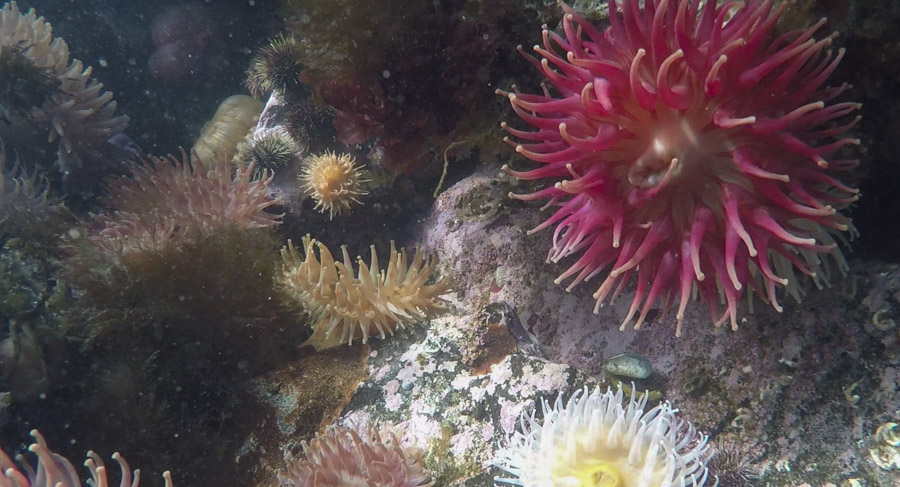
In August 2023, with support from Sparebankstiftelsen Nord Norge, we started restoring a new site near Tromsø city center along an artificial reef, with two objectives:
1/ restore 200 m of coastline, and
2/ raise awareness in local schools of the importance of kelp.
Restoring kelp and hope
This year was the hottest ever recorded.
A large survey last year shows that 48% of Norwegian 23-year-olds are extremely worried about the climate, and in 28% this turns into climate anxiety (Ogunbode et al. 2022). We want to create engagement and hope for the sea among young people in Tromsø through knowledge and action. By documenting the restoration of kelp forests in Tromsø, we are already showing it is possible to create change locally.
With support from Sparebankstiftelsen Nord Norge, we are now creating an interactive teaching program with our marine biologists and underwater photographers. We will bring this message to young people in Tromsø, to fight anxiety, inspire and show that it is possible to make a difference through local actions.
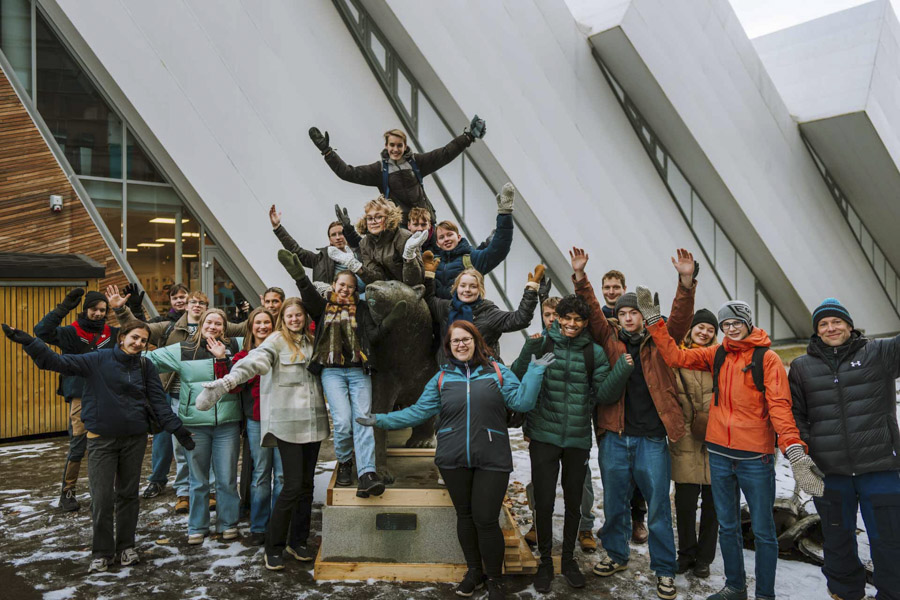
This exciting project is connected to another one, called the “Tromsø Waterfront Laboratory / Tromsø sjøfront laboratorium”, an art and urban space project under the auspices of Tromsø municipality, in collaboration with KORO (Art in public spaces) and Raumlaborberlin. One piece of this project is called Tromsø Observatorium, a WWII bunker that is being renovated and turned into a space to observe nature, from the stars above to the bottom of the sea.
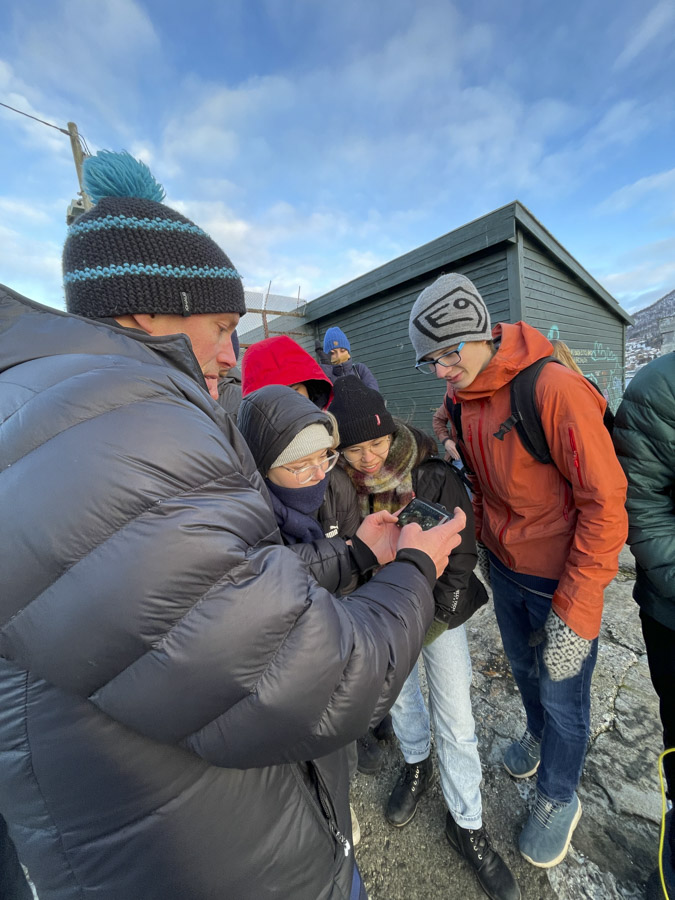
Through our project, we want to show that there is no separation between our urban spaces and nature. Or between the city and the sea. We are ONE. Just outside Tromsø, along a 200-m long artificial reef, life is ready to thrive again. It just needs a little help.
